Complications secondary to endotracheal intubation in dogs and cats
The aim of the study was to investigate anesthesiologists’ attitudes towards endotracheal intubation and the perceived incidence of complications secondary to endotracheal intubation in dogs and cats.
Using an online questionnaire distributed via electronic mail, the perceived incidence of complications secondary to endotracheal intubation in dogs and cats was investigated. Attitudes towards endotracheal intubation, average caseload and percentage of animals intubated were examined.
The study population consisted of diplomates, residents and residency trained members of the American and European colleges of veterinary anesthesia and analgesia. Univariate descriptive statistics were calculated. For each complication, a mean incidence score (MIS) was calculated, ranging from 1 (never) to 5 (always). Additionally, a Wilcoxon signed-rank test and binary regression analyses were performed. A p value ≤ 0.05 was considered significant.
The overall response rate was 35.1%, with a completion rate of 26.6%. Most dogs and cats undergoing general anesthesia were intubated. Endotracheal intubation was viewed as an integral part of modern anesthesia.
Significant differences were found in the incidence of 16 of the 24 examined complications between dogs and cats (p ≤ 0.001).
The most frequently perceived complications were reported to be cuff leak (MIS 3.20) and coughing during intubation (MIS 3.10) in dogs, and coughing (MIS 3.01) and laryngeal spasm during intubation (MIS 2.91) in cats. Sociodemographic and practice-specific aspects did not appear to play a significant role in the reported incidence of complications.
In conclusion, endotracheal intubation was considered a state-of-the-art technique by the respondents. It was associated with a perceived low incidence of major complications and more frequent minor ones. Differences between dogs and cats need to be accounted for. Considering the retrospective and self-reporting nature of this survey, true incidences might differ.
Moriz Ettore Klonner, et al. “Complications secondary to endotracheal intubation in dogs and cats: A questionnaire-based survey among veterinary anaesthesiologists.” Vet Anaesth Analg. 2023 May;50(3):220-229. doi: 10.1016/j.vaa.2023.02.007.


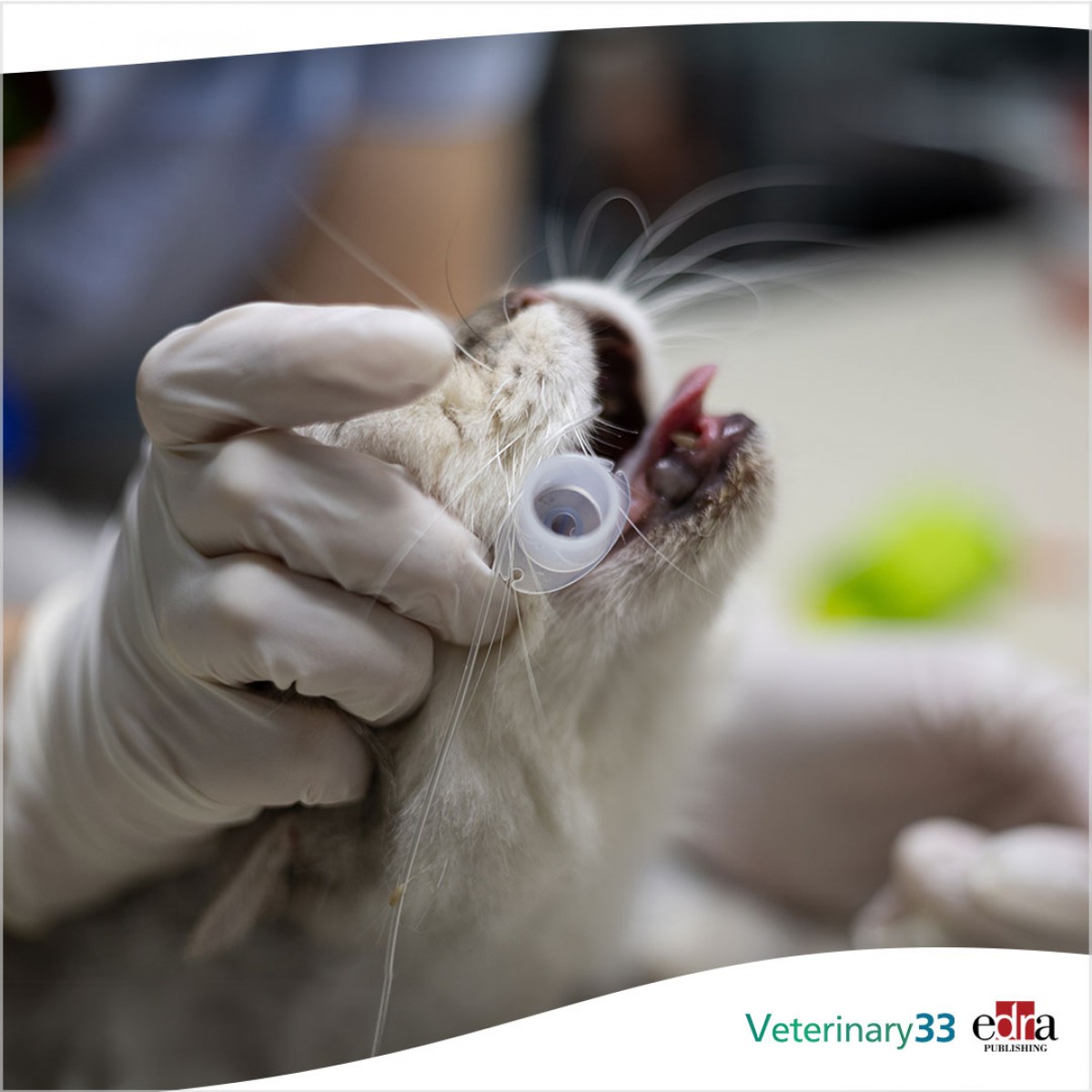
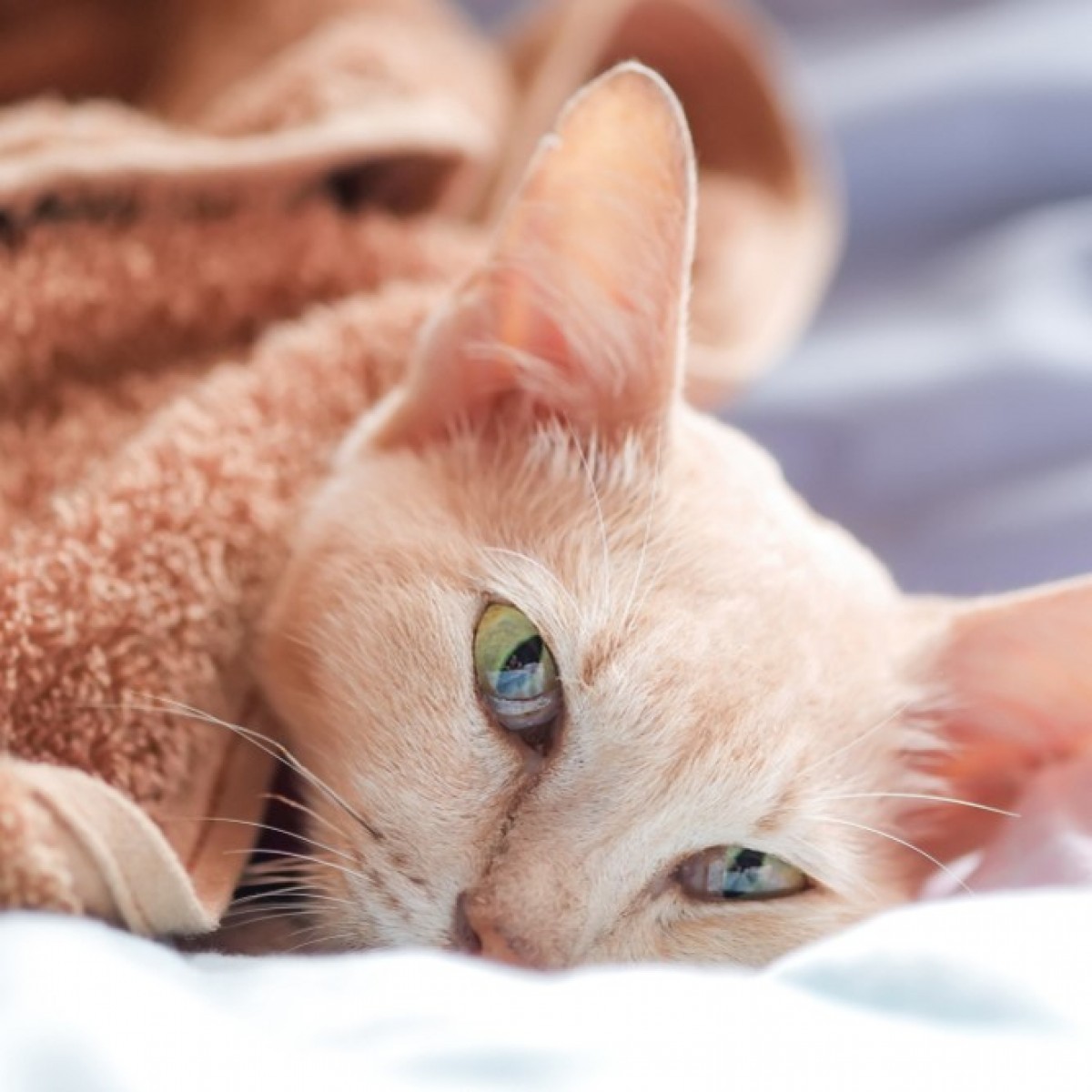


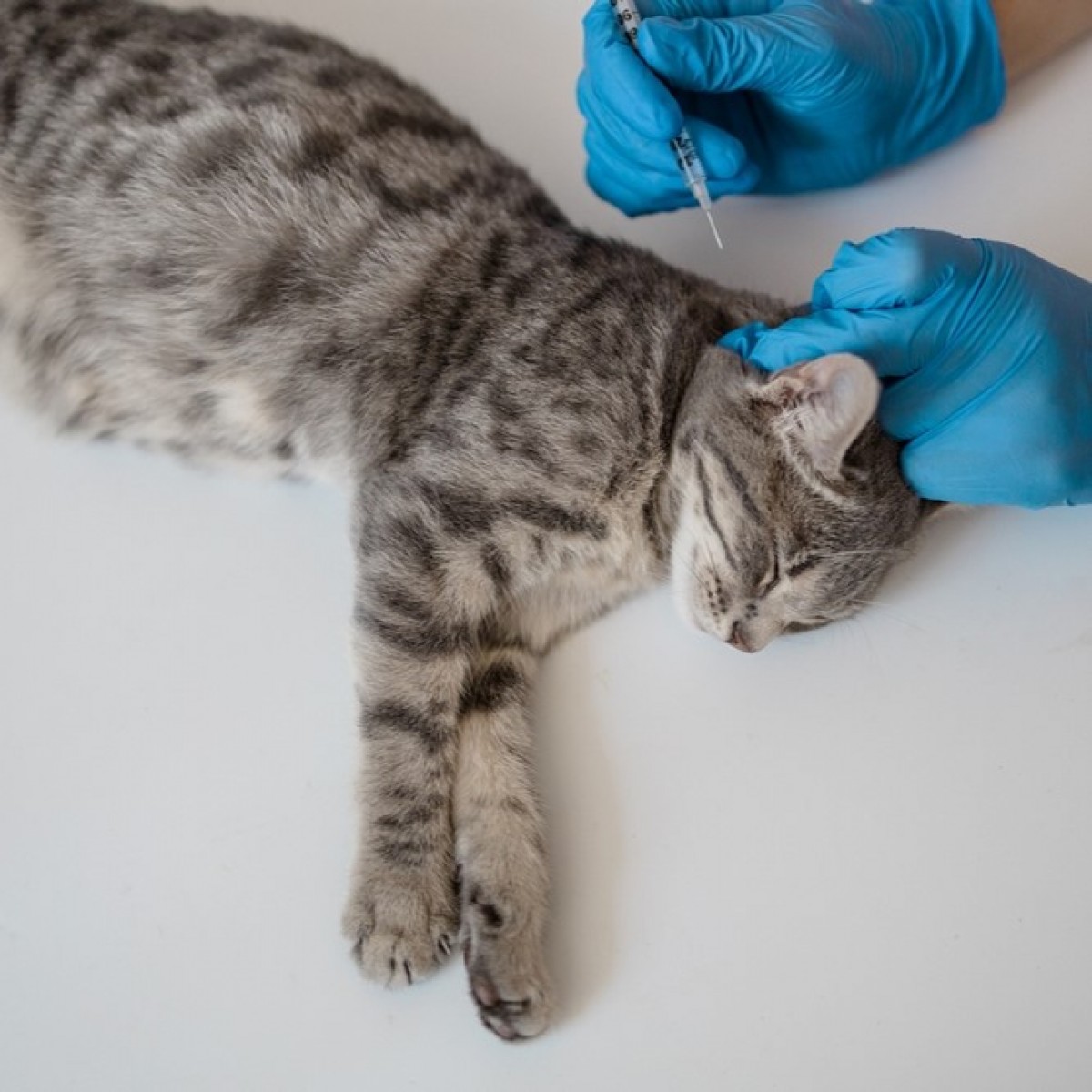
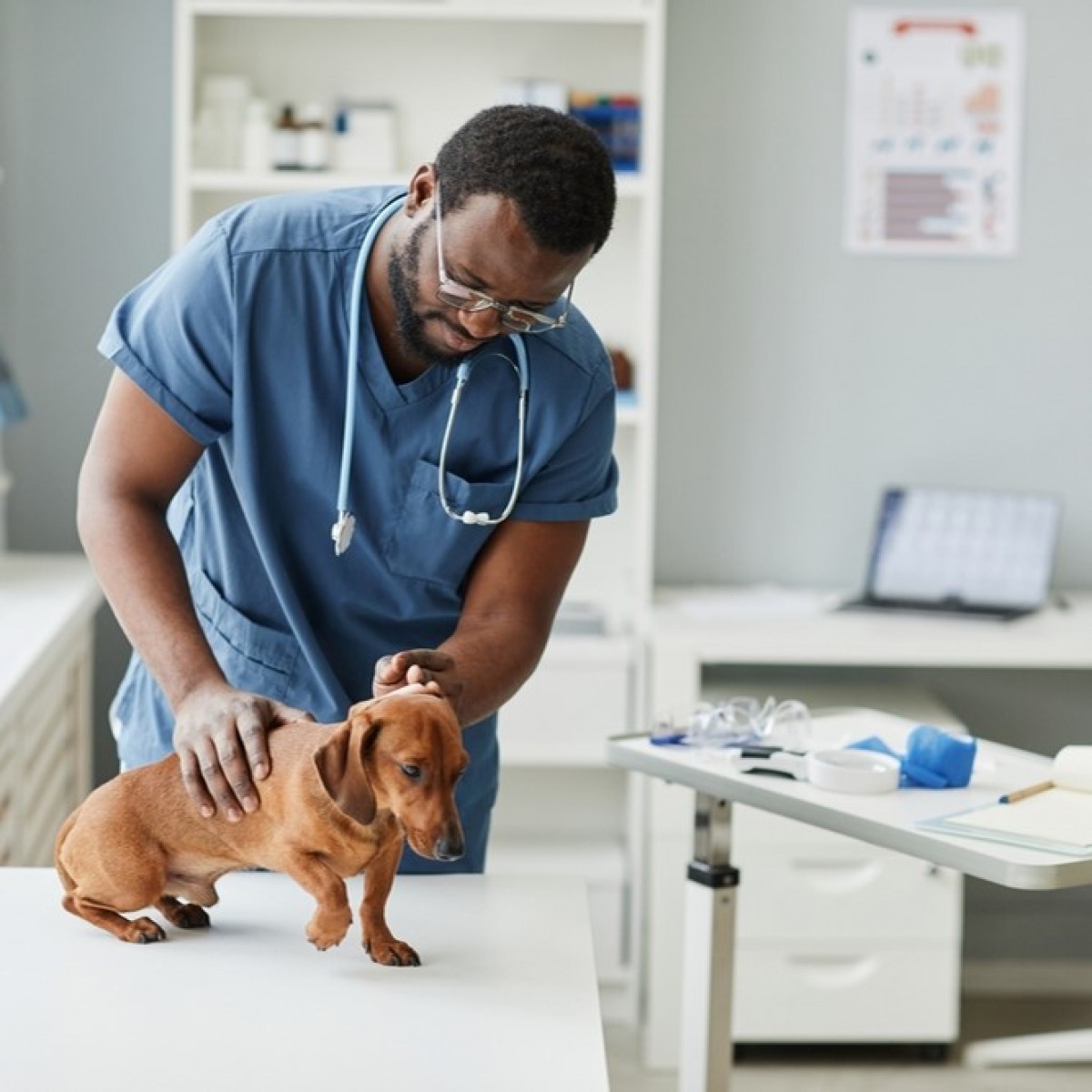

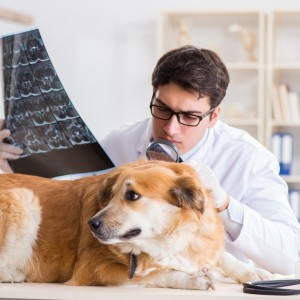

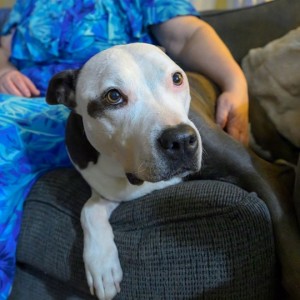
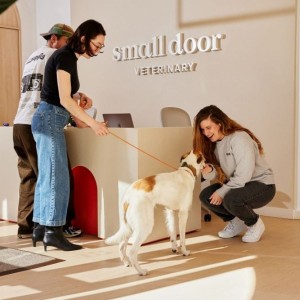

List
Add
Please enter a comment